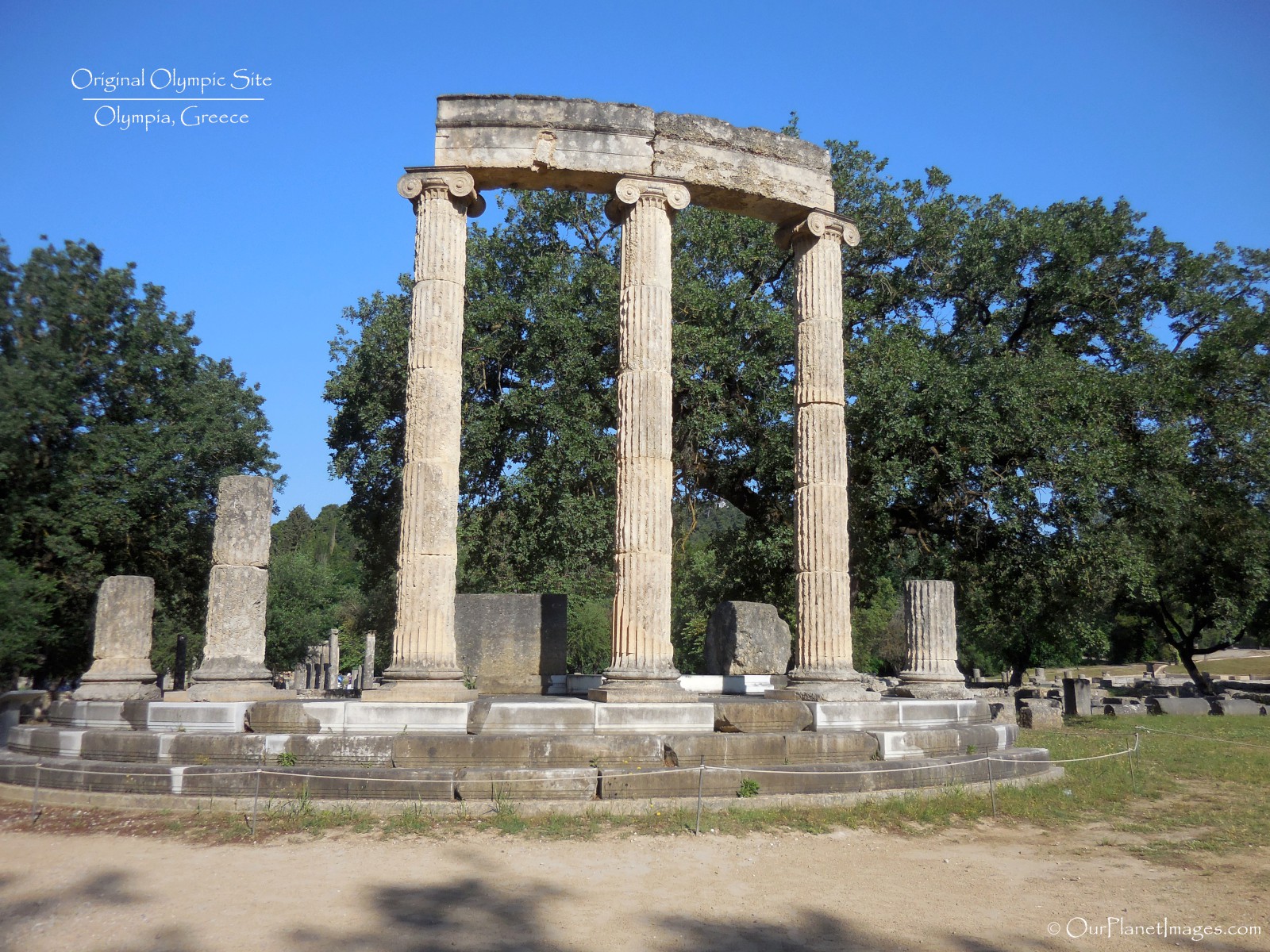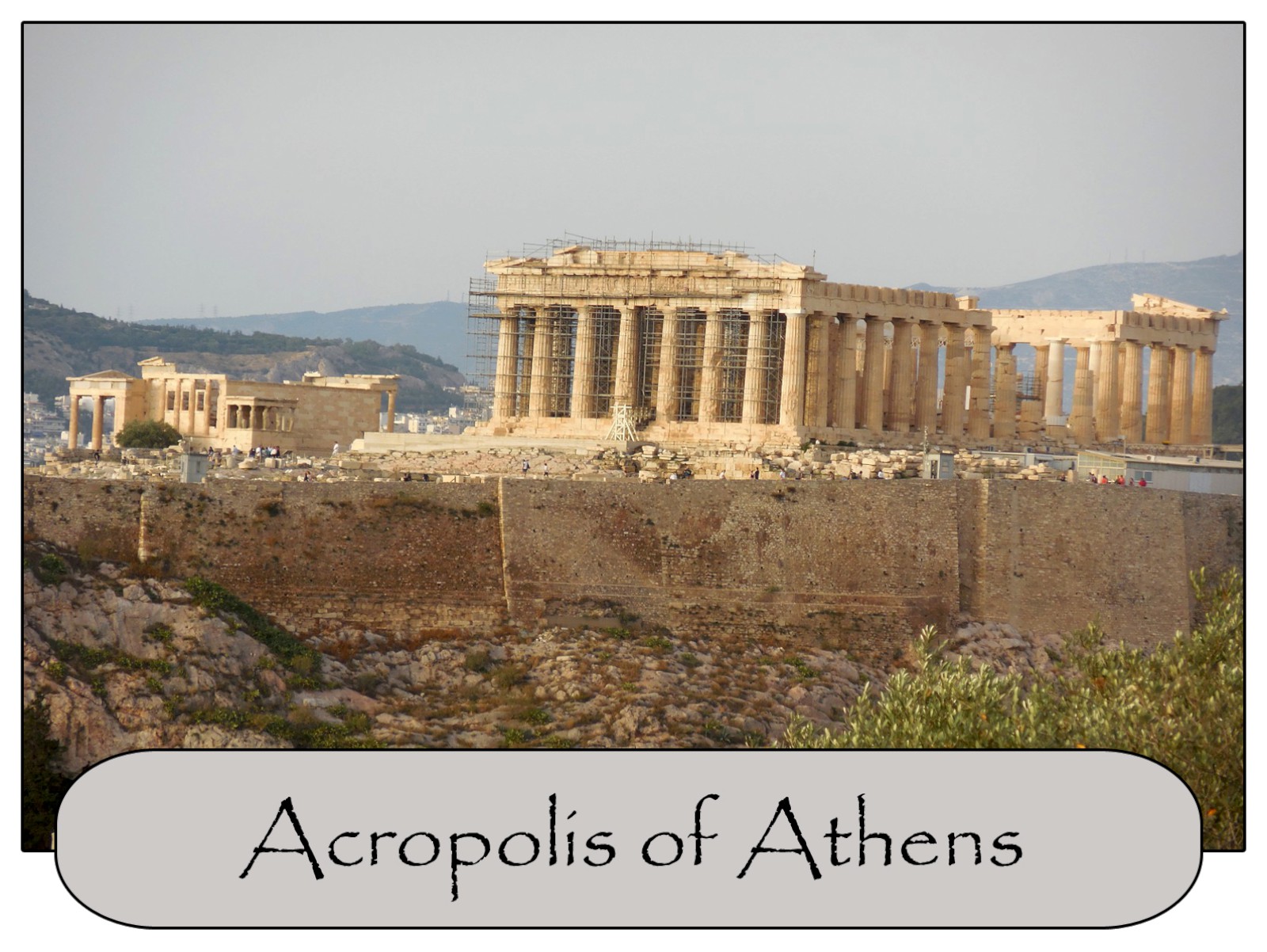The first Olympic Games were held in 776 BC and reached their height of popularity in 576 BC. The original Olympic Site was in Olympia, Greece and games were banned in 394 AD by emperor Theodosius II because they were pagan and the temples were destroyed.
The events in the original Olympic Games included foot races, wrestling, discus, javelin, long jump, horse and chariot racing and boxing.
The original Olympic site of the Ancient Olympic Games is now an archaeological site with most of the structures lying in ruins. There is not much left in the way of buildings other than a few columns standing and many pieces of columns laying on the ground. Most of the site looks like the photos below.

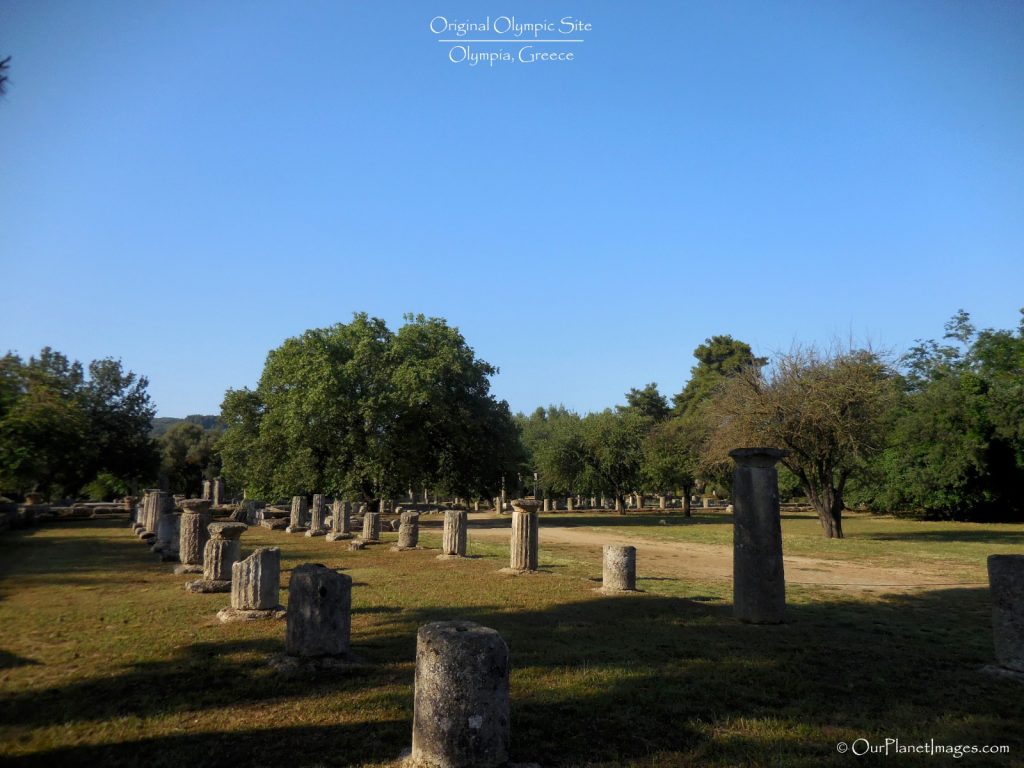
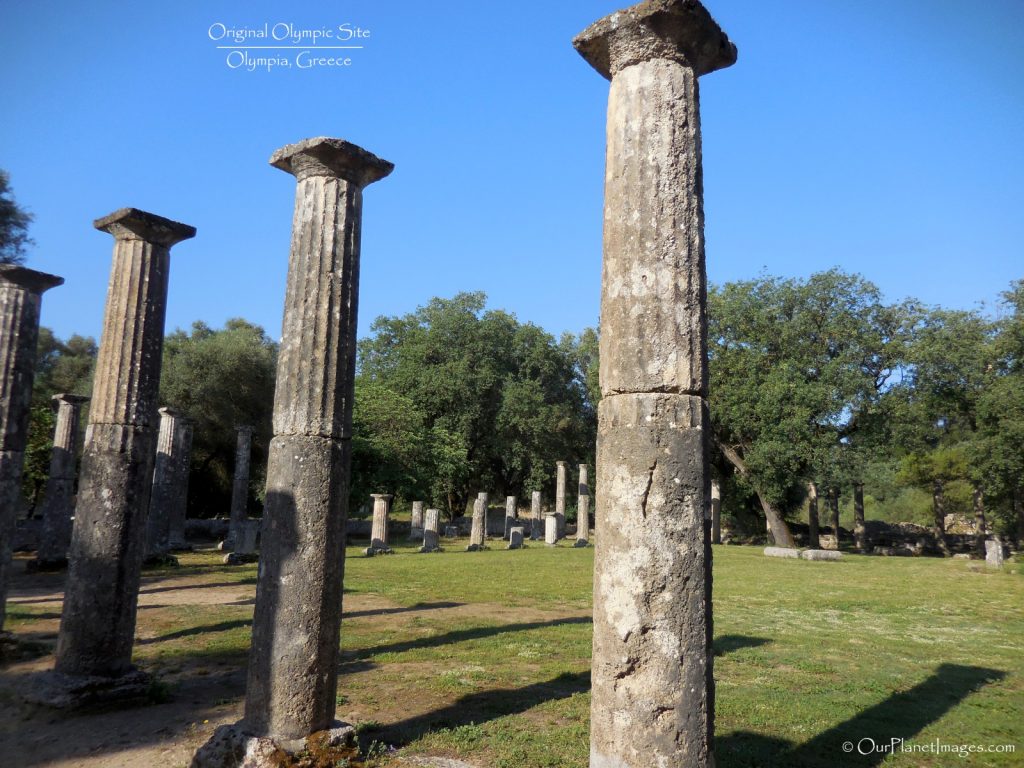
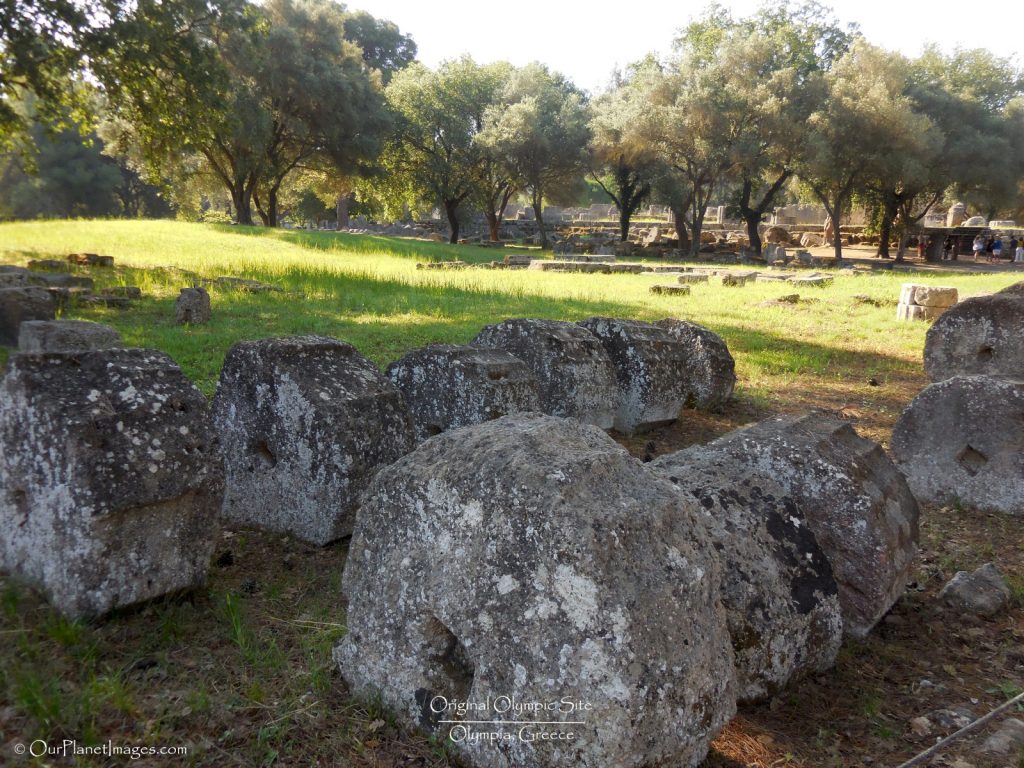
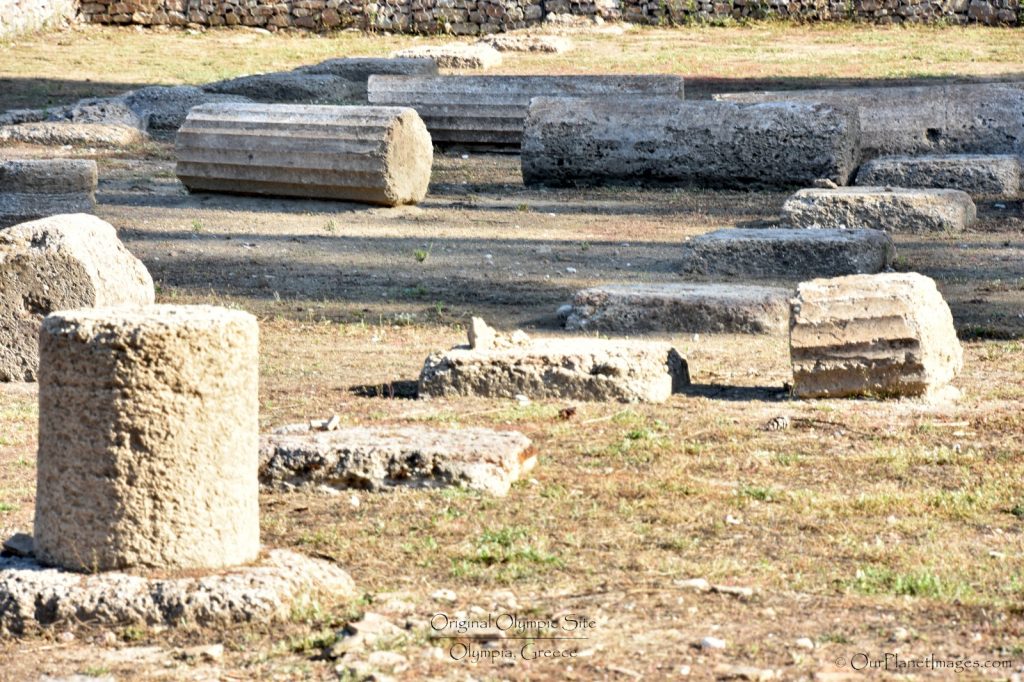
A few buildings and locations are identified but they don’t look much like they did during the times of the Olympic Games. Without being identified they look like many other sites of ruins throughout Greece.
The significant locations that I could identify are included below.
Philippeion
The only structure that has connecting columns is the Philippeion which was a circular building built by Alexander the Great in 338 BC after the battle of Chaeronea.

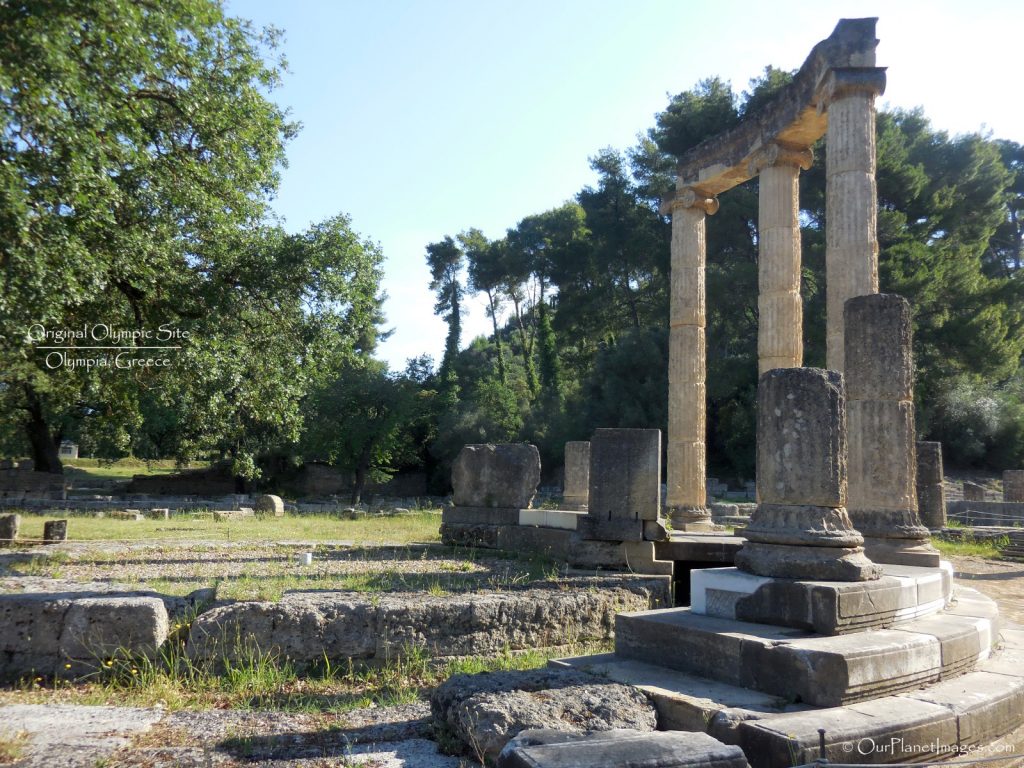
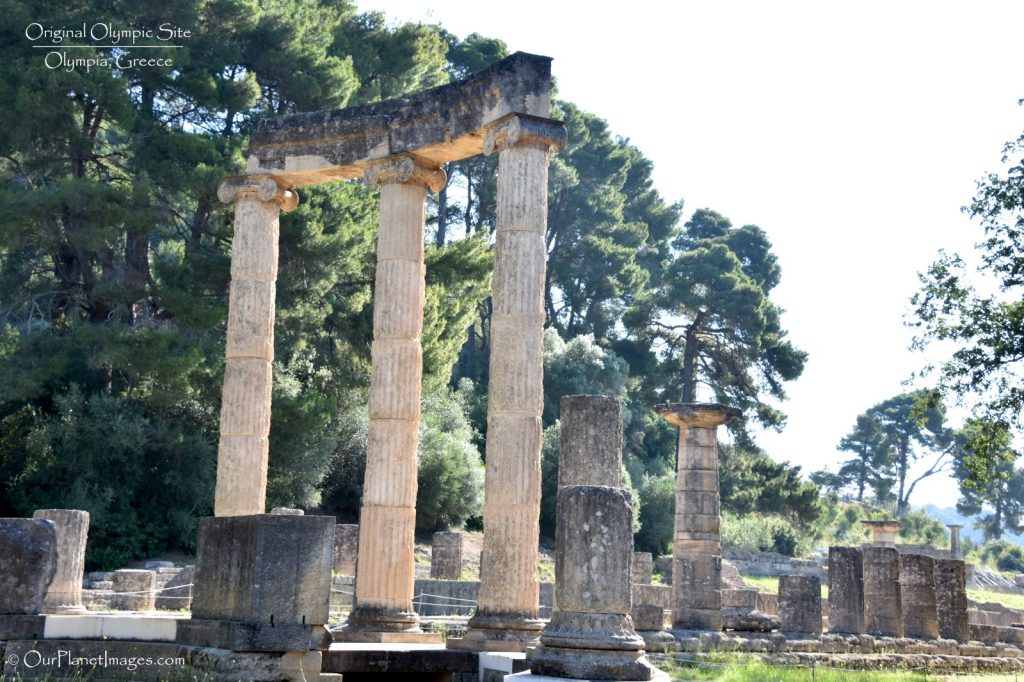
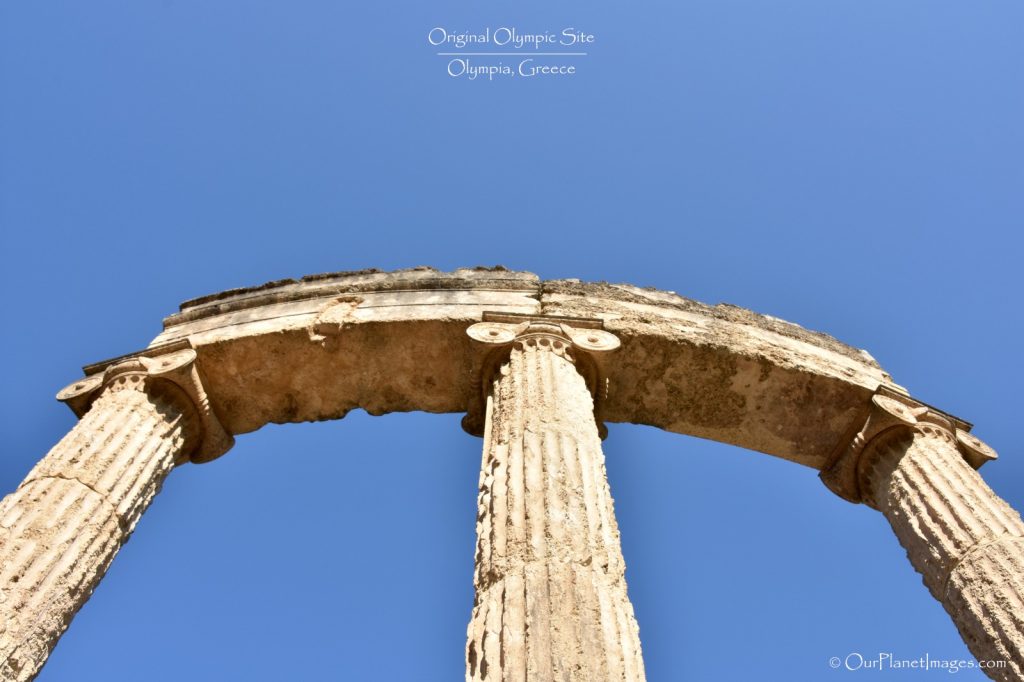
Temple of Hera
The Temple of Hera is where the Olympic flame is lit and then taken by runners to light the torch where ever the games are being held. This tradition started in 1936 AD.
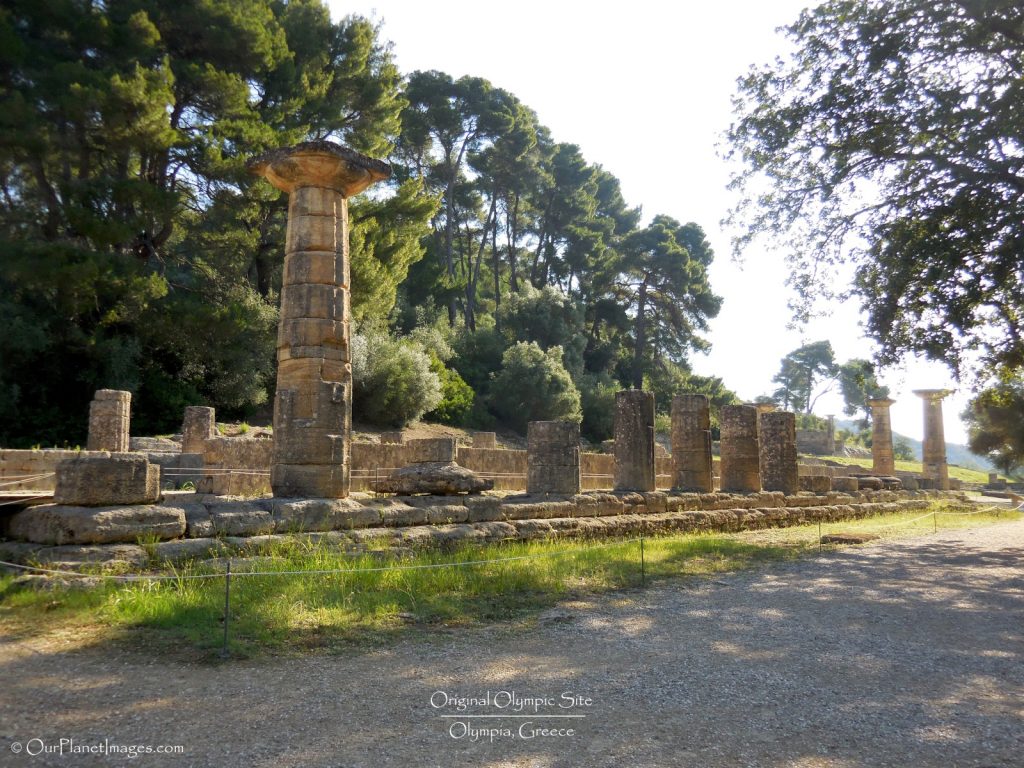
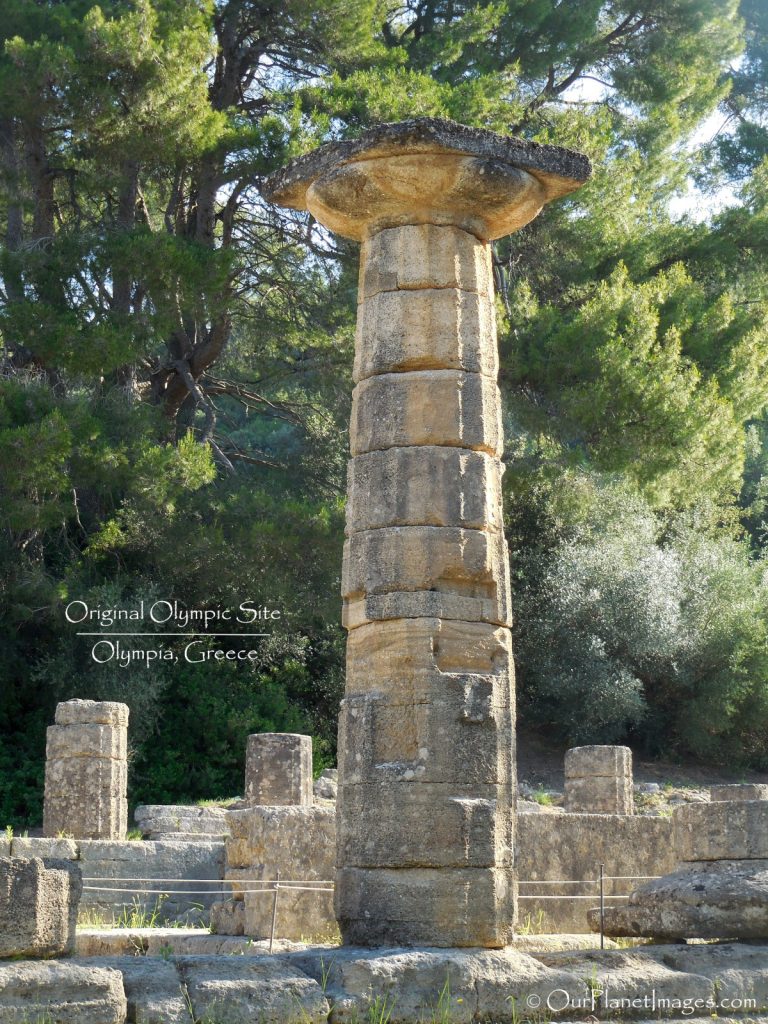
Temple of Zeus
The temple of Zeus was built in the same style as the Parthenon in Athens and the outside of these two structures would look very similar. The main feature of this temple was the 42 foot statue of Zeus. The statue was made of gold and ivory with bronze accents.

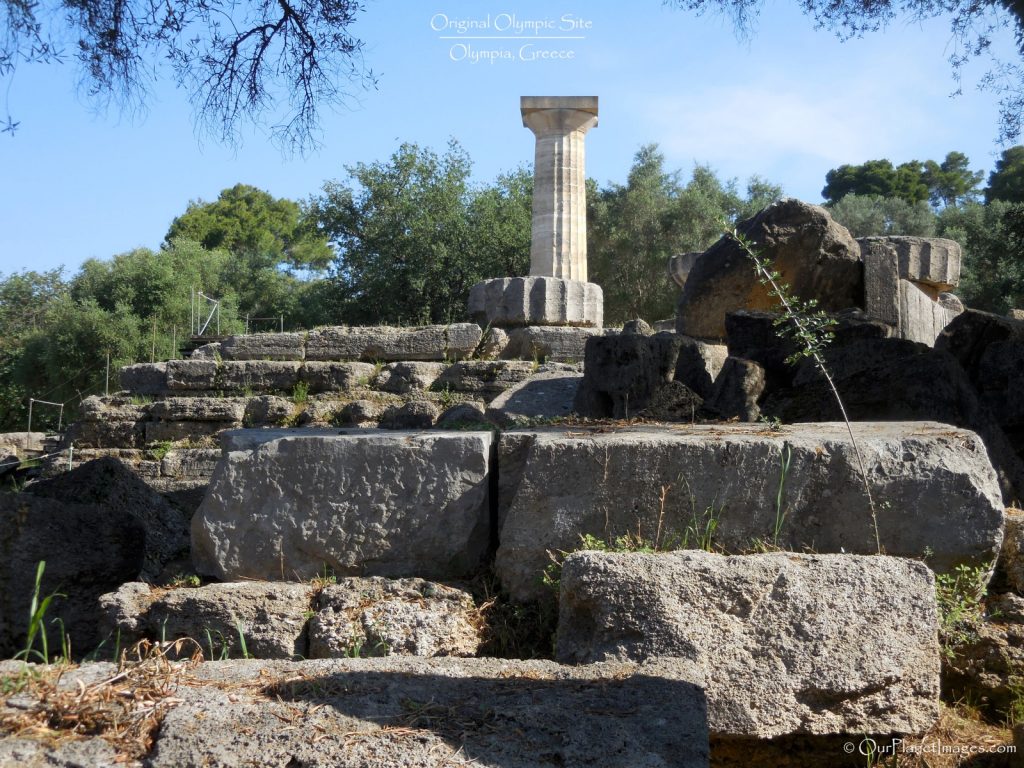
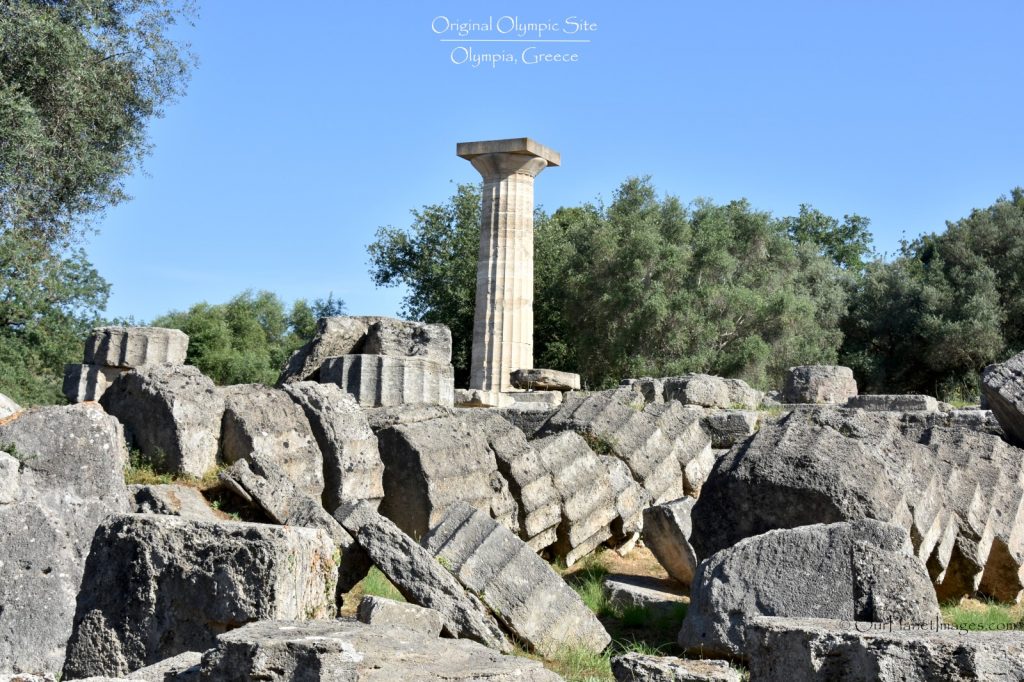
Olympic Stadium
There really is nothing left from the Olympic Stadium. The only part that remains is a portion of the entrance tunnel. The stadium could seat at least 20,000 people and was the largest of its kind at the time. A section of the track has been restored and people are allowed to run on it for the novelty of saying that they ran on the track in Olympia.
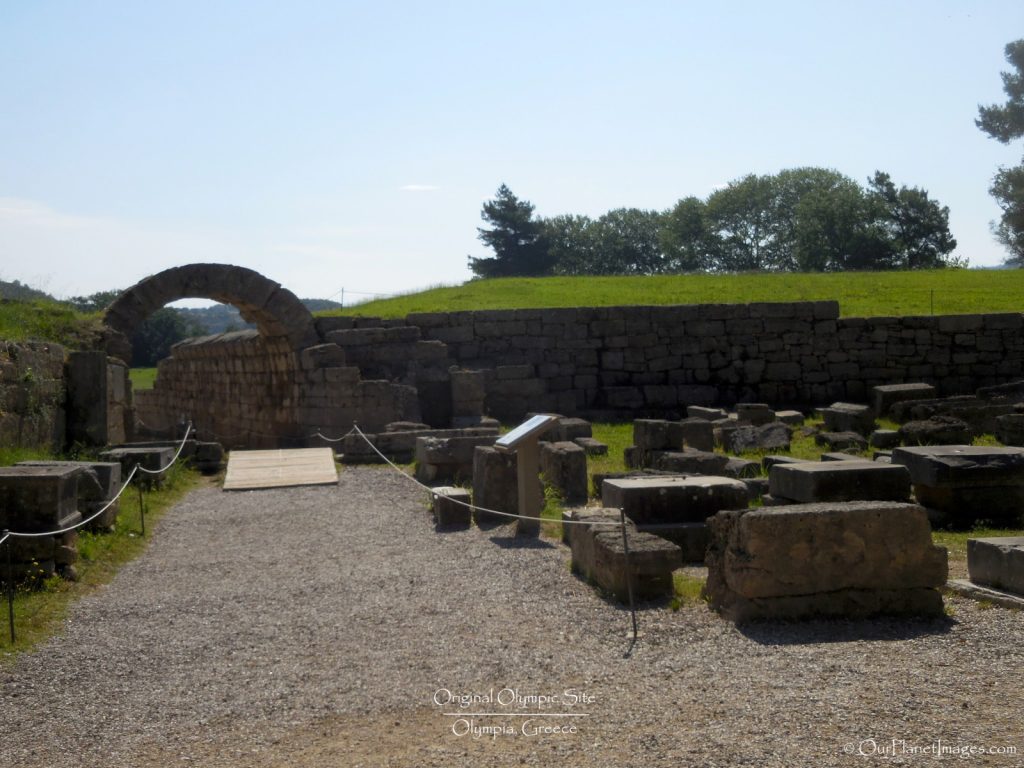

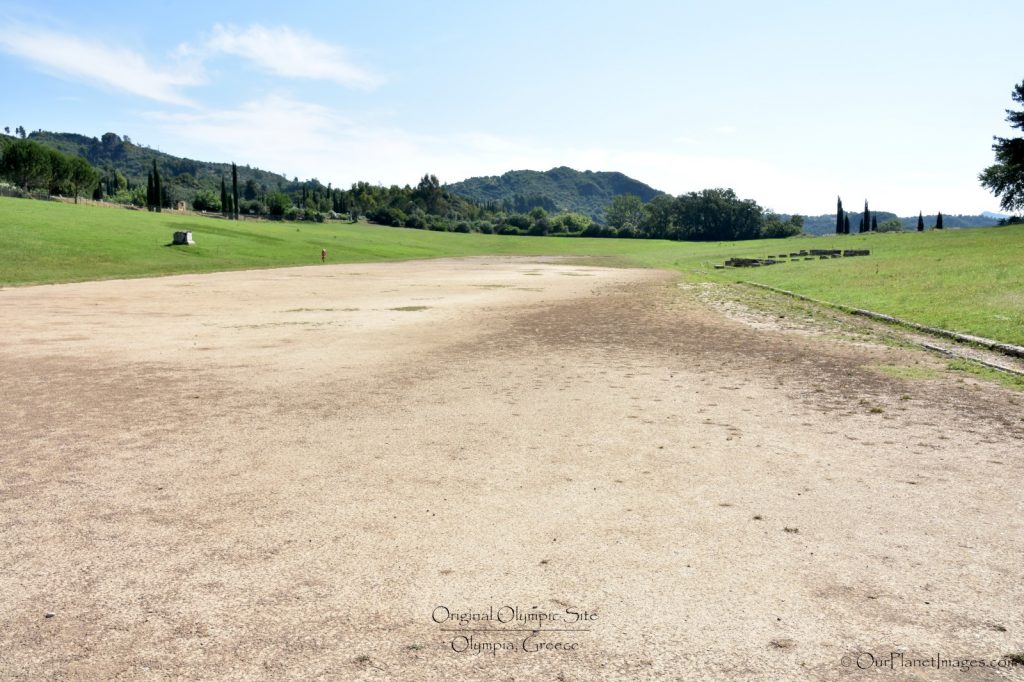
Unidentified structures
Other than the main buildings, most of the site is unidentified structures with very little remaining. There are a few buildings with portions of walls standing and some walls are still covered by overgrown vines. Some walls have some architecture details remaining and there are random pieces of structures laying on the ground with details of this legendary athletic compound.
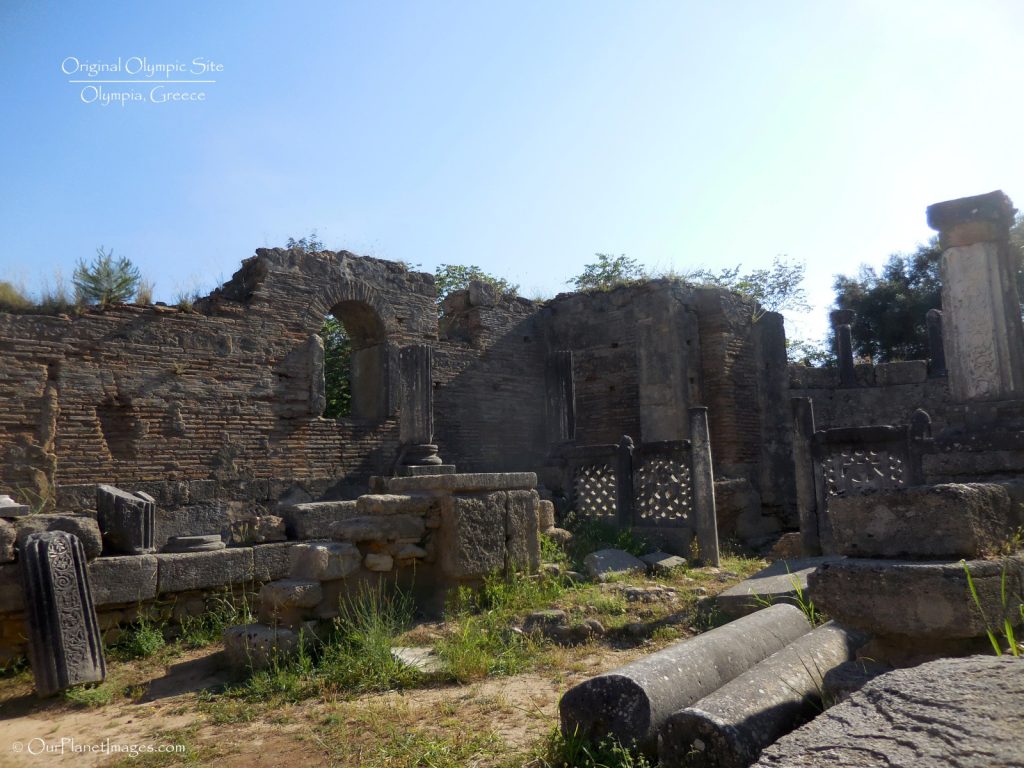
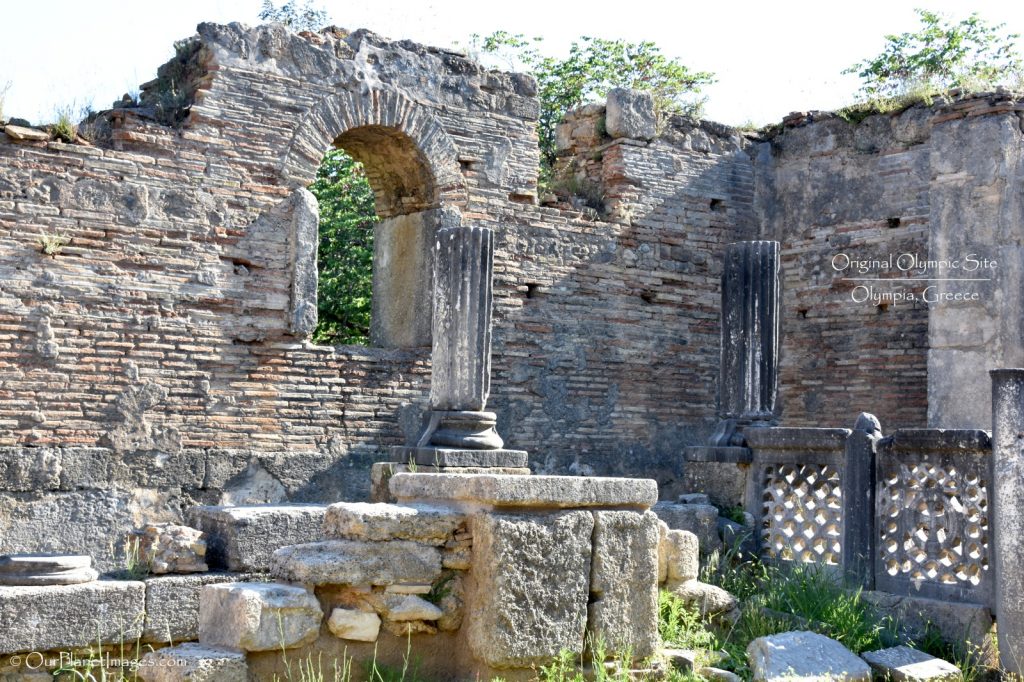
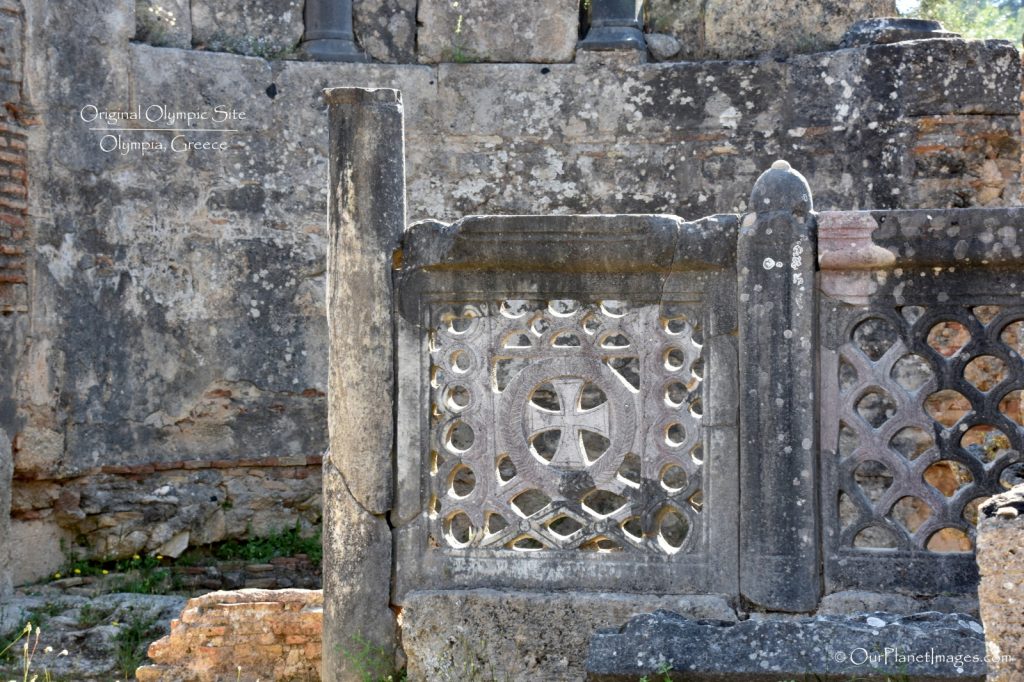
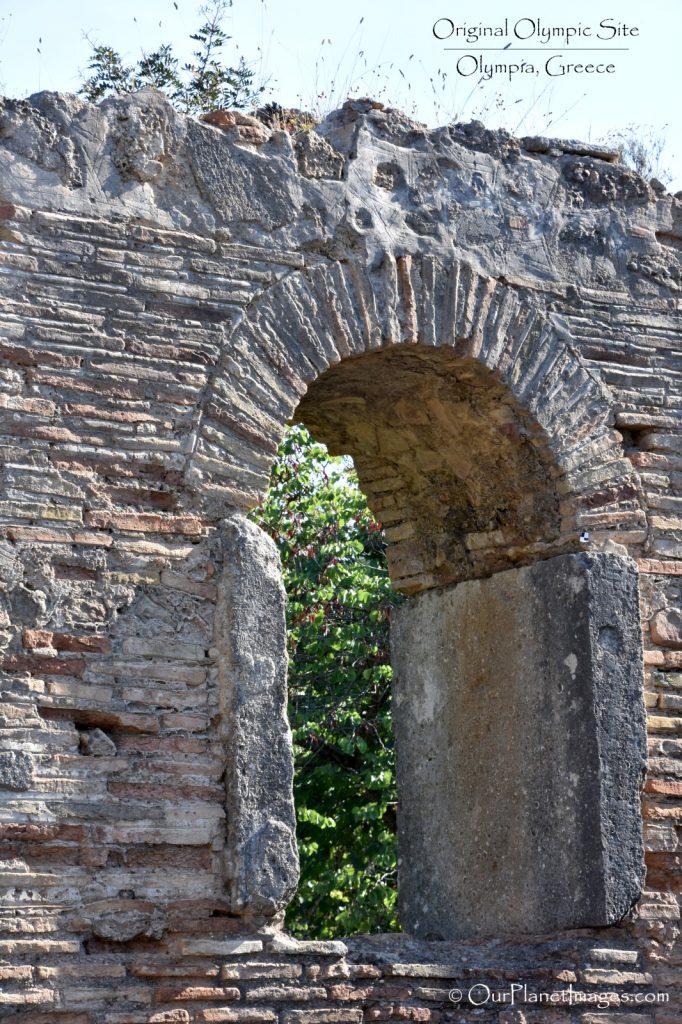
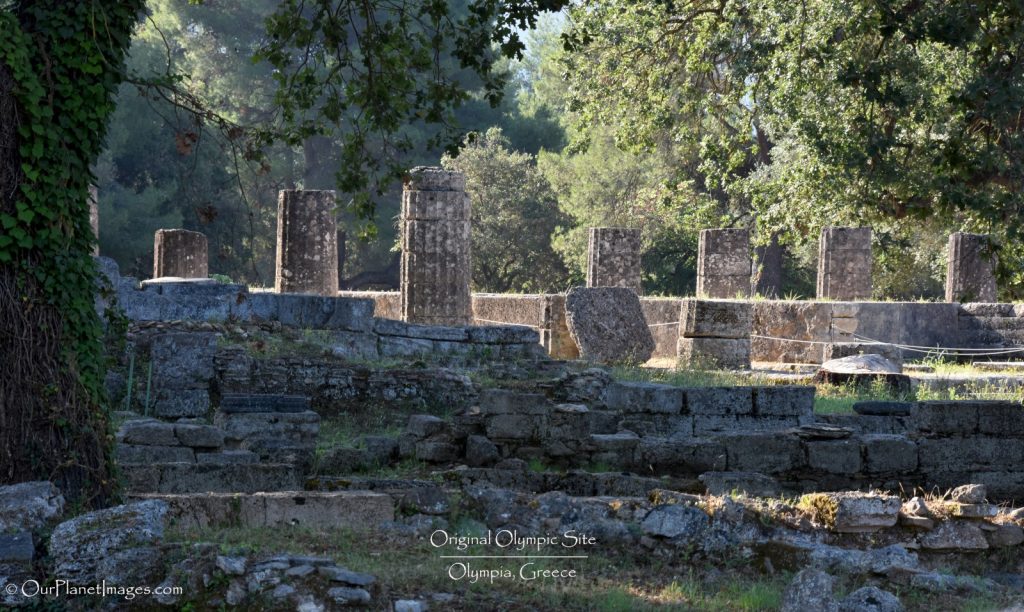
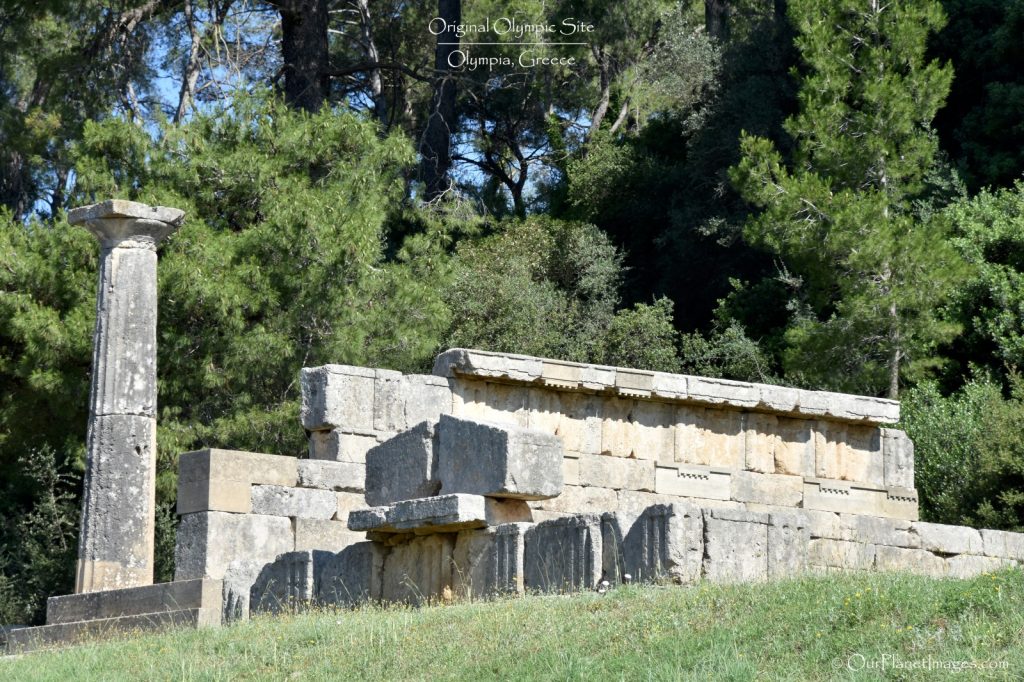
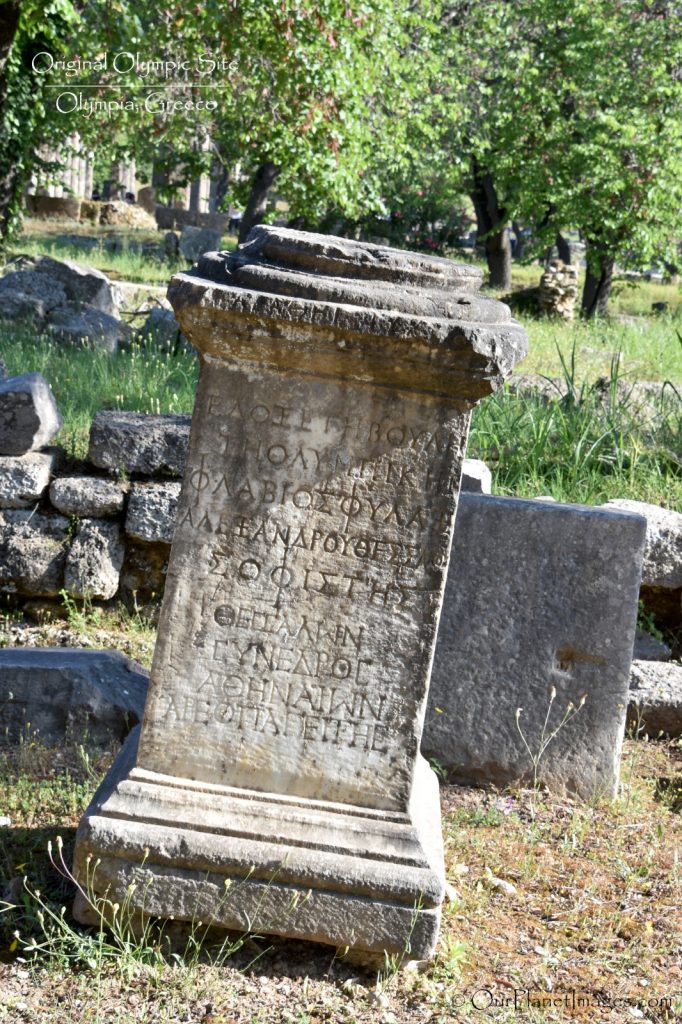
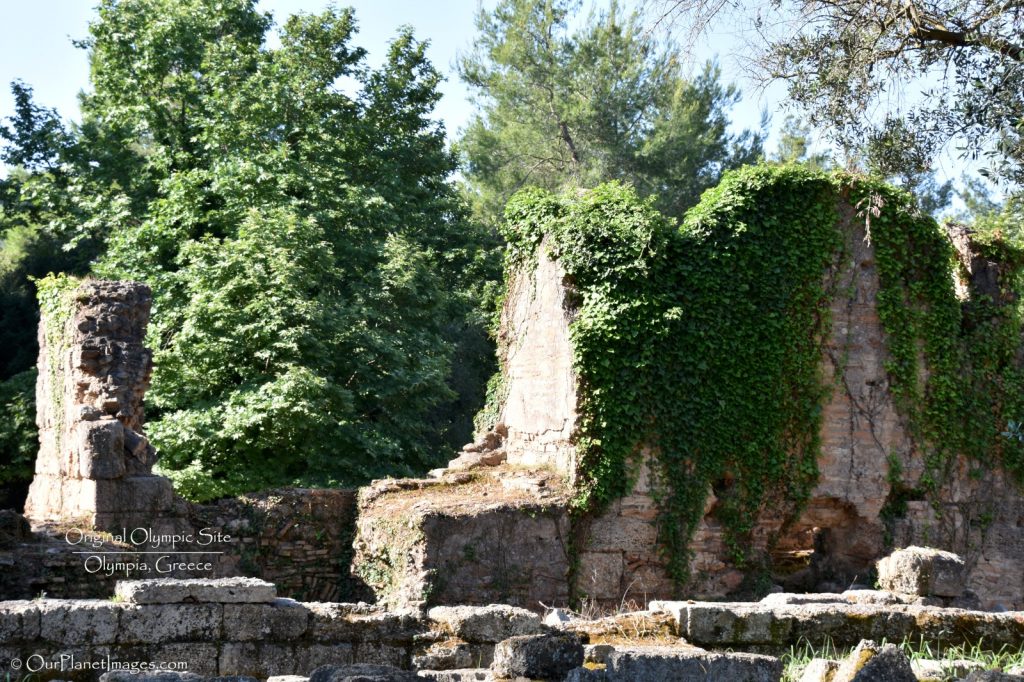
The Dust on My Shoes
Visiting the original Olympic Site won’t make you stare in awe and marvel at the ancient architecture. Visiting this archaeological site is not about see ancient relicts from the past. If you are interested in seeing those objects through protected glass then a museum is the best place to visit.
For me, the original Olympic Site is more than a historic site laying in ruins. It is a symbolic place that represents so much more than just the first place of the Olympic Games. Some of the things that this site represents to me are:
- It is a place of inspiration, this is where people came to measure themselves alongside the best of their skills.
- It is a place of dedication, this is where people came to exhibit the results of their hard work.
- It is a place of celebration, this is where people enjoyed their victories by being the best at their skill
- It is a place of re-evaluation, along with winners there are also losers. Good losers look to see where they can make improvements and become winners.
The original Olympic Site does not have all of the things that made it famous. There are no stadiums, no athletes, no crowds and no ancient relicts but it is a place where you can gain inspiration, re-establish your dedication, re-evaluate your goals and dream of your celebrating your successes.
Visiting the original Olympic Site is not about the things there are to see but it is about being inspired by the qualities of the people came here to compete and to make themselves the best that they could be.
Related Posts
